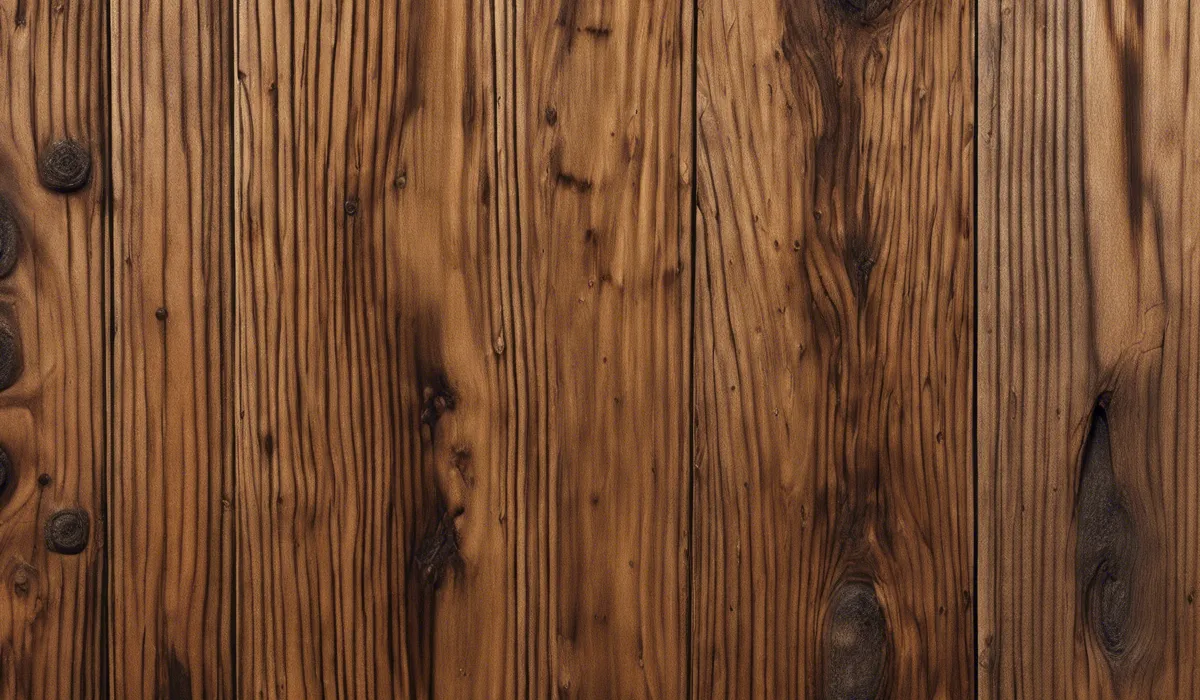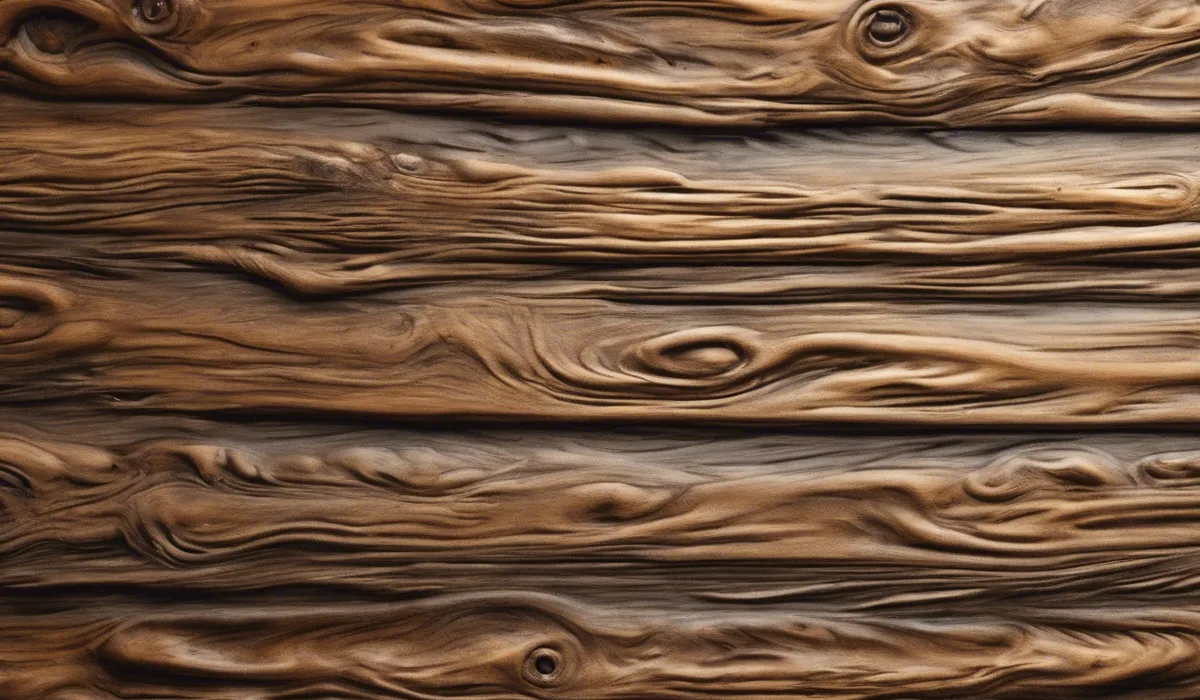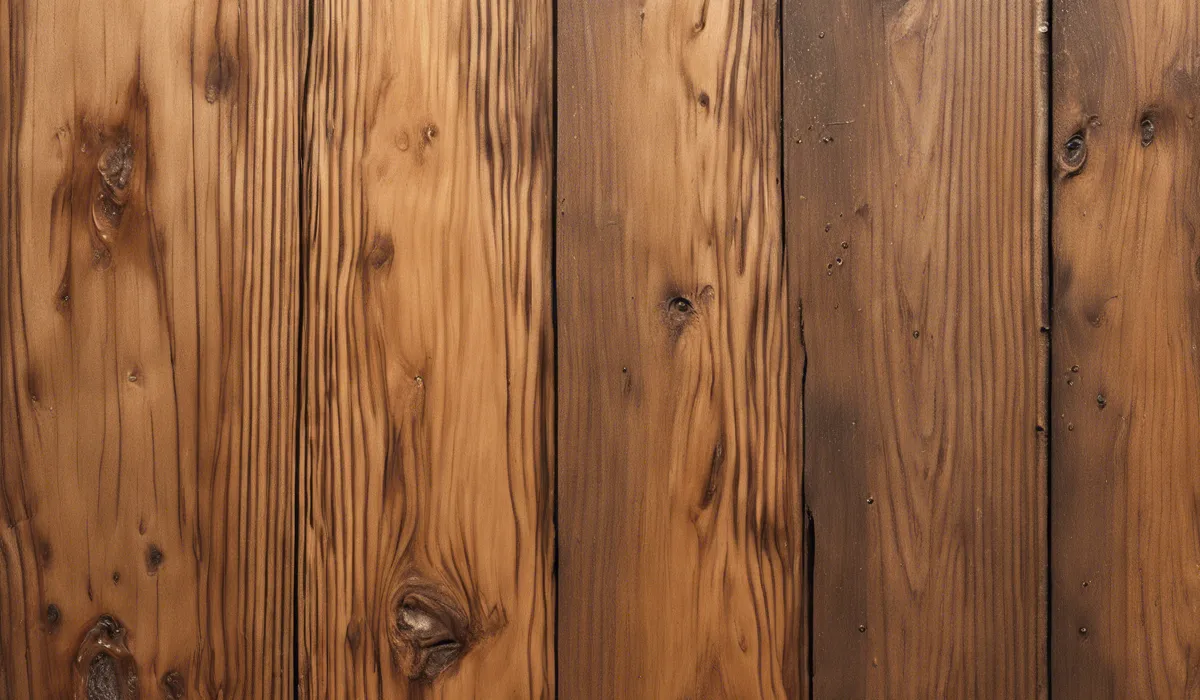To seal mold on wood, clean the area with a mold-killing solution, let it dry completely, then apply a mold-resistant sealant evenly. Ensure good ventilation during the process. Repeat if necessary to prevent mold regrowth.
Identifying and Preparing the Affected Area

Common Mold Types on Wood
Mold on wood can come in various forms, with some of the most common being black mold, white mold, and green mold.
Black mold, known as Stachybotrys chartarum, is particularly notorious for its health risks.
White mold, which may resemble a powdery substance, and green mold, often seen as a fuzzy texture, can also damage wood and affect air quality.
Conducting a Visual Inspection
Locate all the areas where mold is present by thoroughly inspecting the wood. Look for discoloration, fuzzy growths, or any signs of moisture damage, as these are indicators of potential mold development.
Ensuring Safety and Ventilation
Before starting the cleaning process, make sure the space is well-ventilated to prevent the inhalation of mold spores.
Wear safety gear such as gloves, goggles, and a mask to protect yourself from mold exposure.
Cleaning Mold with a Solution
Use a mold-killing solution like diluted bleach or vinegar to clean the affected wood surface.
Apply the solution, allow it to sit for a while to break down the mold, and then scrub the area to remove the mold.
Sanding the Wood
If mold has penetrated the surface of the wood, sanding may be necessary. Sand the area until all visible mold is removed, but be careful not to damage the wood structure.
Vacuuming and Wiping Down
After sanding, vacuum the area with a HEPA-filtered vacuum to remove mold spores. Then, wipe down the surface with a damp cloth to catch any remaining spores and debris.
Choosing the Right Sealant for Wood

Sealants Suitable for Wood
There are various sealants available that are suitable for wood surfaces. These include polyurethane, varnish, and specially formulated mold-resistant sealants designed to protect the wood from moisture and future mold growth.
Water-based vs. Oil-based Sealants
Water-based sealants are easy to clean up and have lower levels of harmful fumes. In contrast, oil-based sealants are known for their durability and glossy finish but can release more volatile organic compounds (VOCs) into the air.
Mold-resistant Sealant Properties
When selecting a sealant, look for mold-resistant properties. These sealants contain biocides that help prevent mold from taking hold on the wood surface.
Eco-friendly and Low-VOC Sealants
Eco-friendly and low-VOC sealants reduce the emission of harmful chemicals, making them a healthier choice for both you and the environment. Always read labels to find the best eco-friendly options.
Application of Sealant to Prevent Mold Regrowth

Applying the Sealant Evenly
Start by stirring the sealant thoroughly. Using a brush or roller, apply the sealant in thin, even coats.
Work systematically across the wood surface to ensure full coverage without leaving any gaps.
Following Manufacturer’s Instructions
Adhere to the manufacturer’s instructions regarding application techniques, the amount of sealant to use, and drying times.
This ensures optimal performance of the sealant and its mold-resistant properties.
Number of Coats and Drying Times
Most sealants require multiple coats. Apply the first coat, let it dry completely, and then apply subsequent coats.
Drying times can vary, so check the product label for specific instructions.
Maintenance Tips for Longevity
To maintain the effectiveness of the sealant and prevent future mold growth, keep the area dry and well-ventilated.
Regularly inspect the wood for any signs of moisture or mold and address issues promptly.
FAQs About Sealing Mold on Wood
What is the first step in sealing mold on wood?
The first step is to clean the area with a mold-killing solution to remove any existing mold.
How long should wood dry before applying a mold-resistant sealant?
Allow the wood to dry completely after cleaning before applying the sealant.
What type of sealant should be used to prevent mold regrowth on wood?
Use a mold-resistant sealant designed for wood to prevent future mold growth.
Is ventilation important when sealing mold on wood?
Yes, ensure good ventilation during the cleaning and sealing process to protect your health and aid in drying.
Should the mold-killing and sealing process be repeated on wood?
Repeat the process if necessary to fully eradicate mold and prevent its regrowth on wood surfaces.
Final Thoughts
To effectively seal mold on wood, it’s crucial to first use a mold-killing solution to clean the affected area. After cleaning, the wood must be thoroughly dried.
Following this, a uniform application of a mold-resistant sealant is necessary. Ensuring proper ventilation throughout the process is essential, and repeating the process may be required to avert future mold growth.
